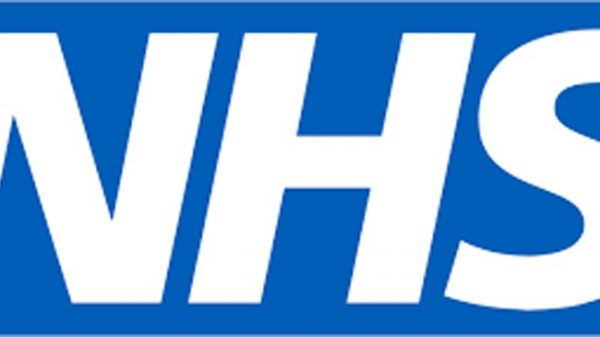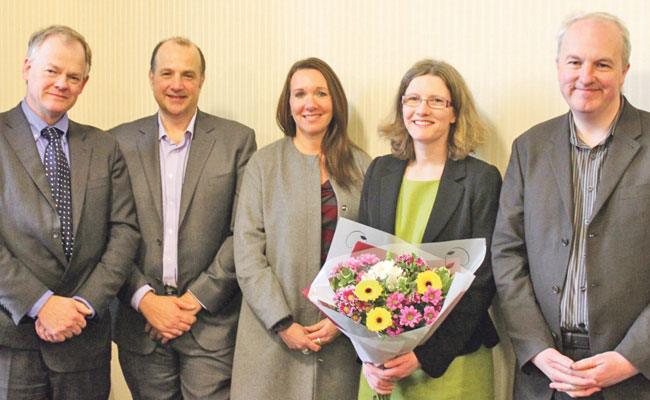NICE – the National Institute for Health and Care Excellence – has issued a new quality standard which sets out priorities to help improve the quality of care of pregnant women during labour, and of their babies.
Around 700,000 women give birth in England each year and many will have a straightforward birth. Although NICE has confirmed that midwife-led care is just as safe as giving birth in hospital under the supervision of obstetricians, a recent report from the NCT (National Childbirth Trust) and the Women’s Institute (WI) found that only 12% of women had been given the full choice of where to give birth.
The NICE quality standard for intrapartum care emphasises the need for women at low risk of complications to be given the full choice of birth settings. This could be at home, in a midwife-led unit which is freestanding or alongside a hospital, or in an obstetrician-led labour ward. It calls for commissioners to collect data on how well women and babies are doing in all settings locally so this can be used to help women make an informed decision.
The quality standard also calls for women with low risk of complications to be spared from unnecessary medical procedures if their labour is progressing normally. This includes electronic monitoring of the baby’s heartbeat or medicines to help speed up labour.
The quality standard also sets out priorities for all women who go into labour, whether they and their babies are at low risk or go on to develop complications, including:
• Assigning a midwife to look after just one woman in labour, known as one-to-one care.
• Leaving a baby’s umbilical cord for at least 1 minute before clamping and cutting it, unless there are concerns about the baby.
• Encouraging women to have skin-to-skin contact with their babies as soon as possible after birth.
Professor Gillian Leng, deputy chief executive and director of health and social care at NICE: “With this new quality standard, we are highlighting key areas to prioritise to improve care so we make sure each woman and her baby has a good experience. The quality standard includes statements for obstetricians and midwives on what care is most important, from initial checks to appropriate procedures. It also highlights the support which should be provided to women to help them make informed choices and make sure they cope well immediately after a birth.
“What we want is to support maternity services across the country to provide consistent, safe and high quality care for women and babies throughout their labour.”
The quality standard was developed following consultation with key organisations in the area of maternity care to provide their views on current practice and what needs to be done to provide women and babies with better quality care.







